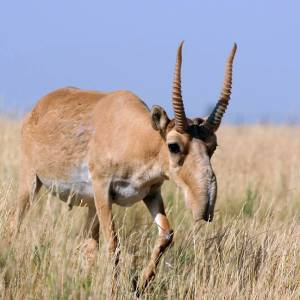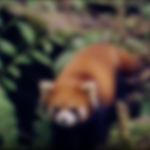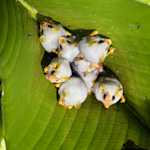Saharan Addax
2007 CE • Sahara
"The Critically Endangered addax (Addax nasomaculatus) is a true desert-adapted antelope . . . Once found in large numbers across vast tracts of the Sahara, illegal over-exploitation and persecution led to a rapid decline in numbers over the past half-century. Since 2007, when there were estimated to be only 200-300 animals remaining, there has been a sharp fall in direct observations, tracks and local reports. This recent drop coincides with the start of oil exploration and production and an increase in numbers of people transiting through addax habitat. With these pressures exacerbated by regional security concerns, there are thought to be fewer than 100 animals — and perhaps less than half that figure - surviving in the wild today . . . The crucial challenge for the wild addax is to eliminate poaching and excessive disturbance across the desert region where the last population survives. This includes enhancing anti-poaching capacity in the reserve and extending targeted protective measures across the whole addax zone . . . potentially aided by satellite tracking animals across their migratory pathways. In addition, it may be possible to protect a small group of breeding addax in Niger under captive or semi-captive conditions . . . None of these interventions are easy in the remote and harsh desert environment, but the time has come to act if there is hope of avoiding this otherwise inevitable extinction."
Philippe Chardonnet, David Mallon, and Tim Woodfine, "To save the addax antelope, the oil sector and government must work together with conservationists," Crossroads Blog, IUCN, February 22, 2022.
Image: Haytem93, CC BY-SA 4.0, via Wikimedia Commons
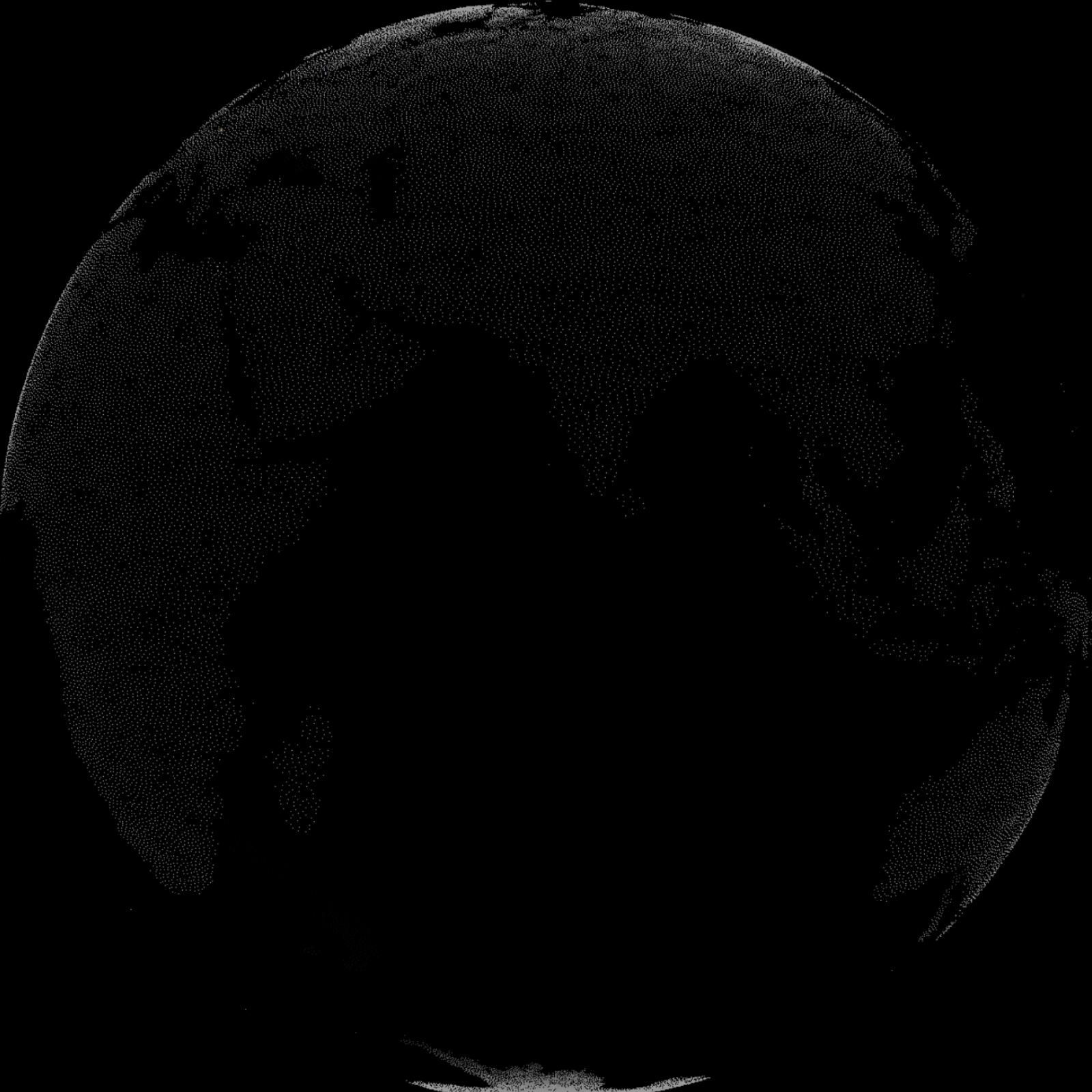

Learn about Maya Lin’s fifth and final memorial: a multi-platform science based artwork that presents an ecological history of our world - past, present, and future.
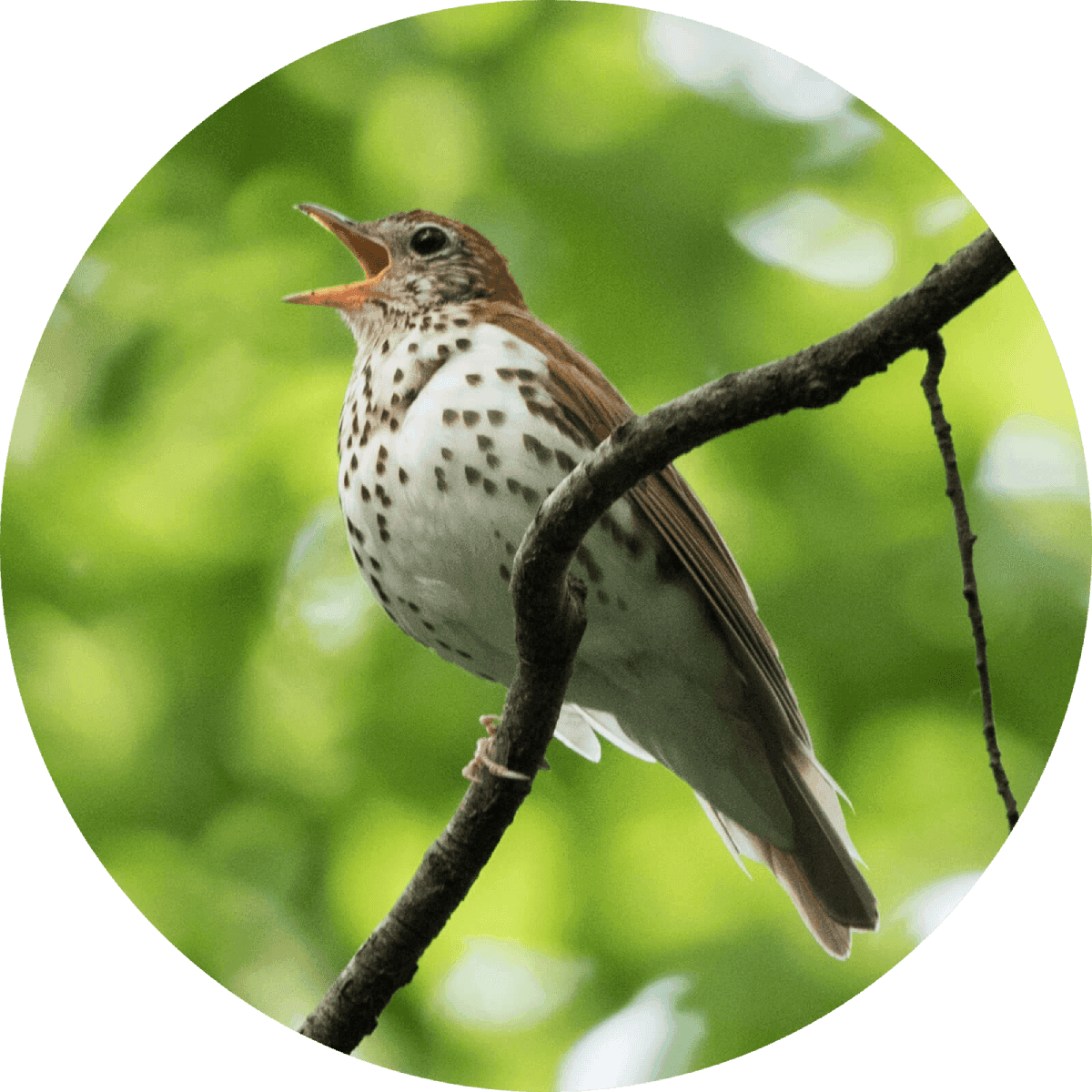
Discover ecological histories and stories of former abundance, loss, and recovery on the map of memory.
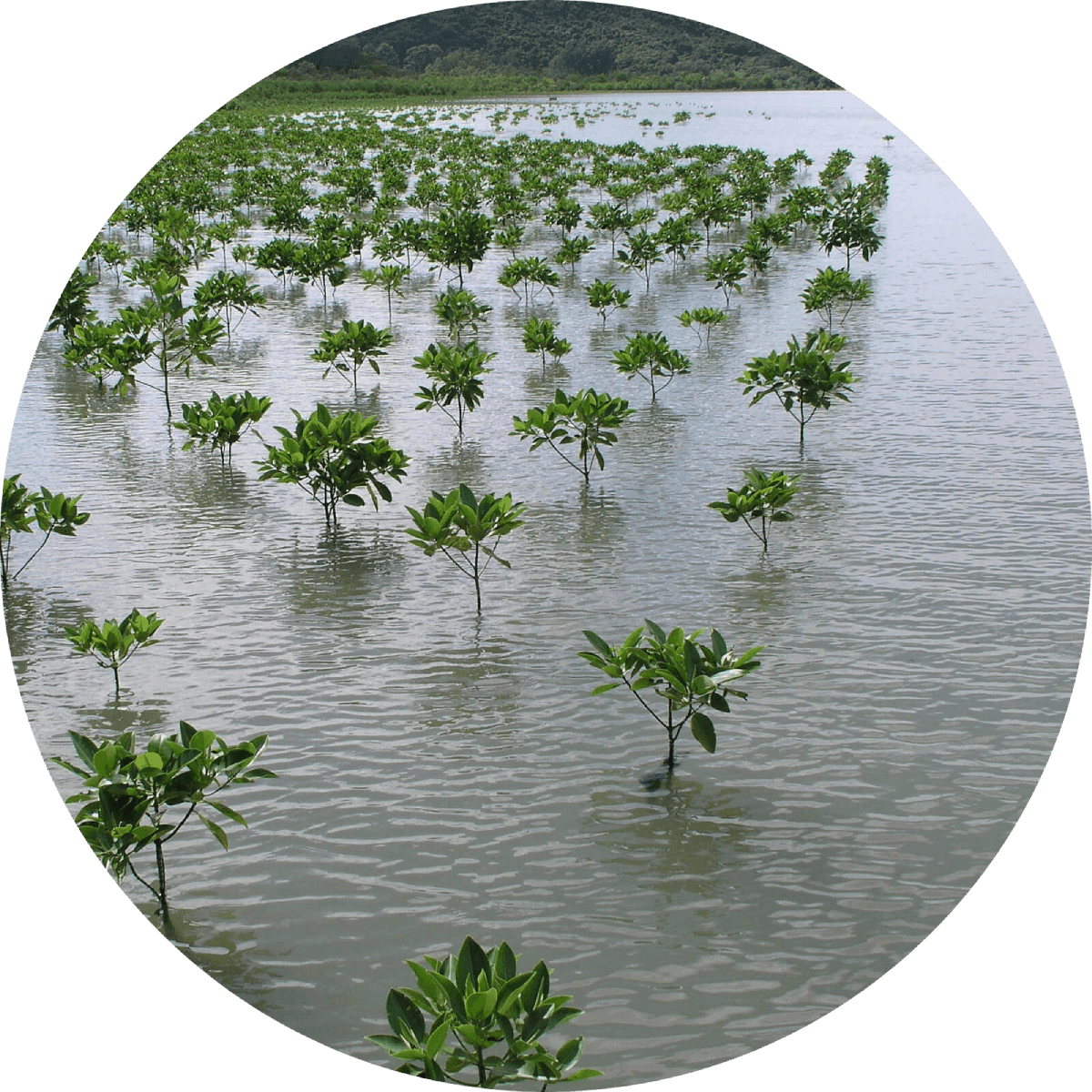
Learn how we can reduce our emissions and protect and restore species and habitats – around the world.

See how art can help us rethink the problems we face, and give us hope that each one of us can make a difference.

Help make a global memorial something personal and close to home. Share your stories of the natural world.
